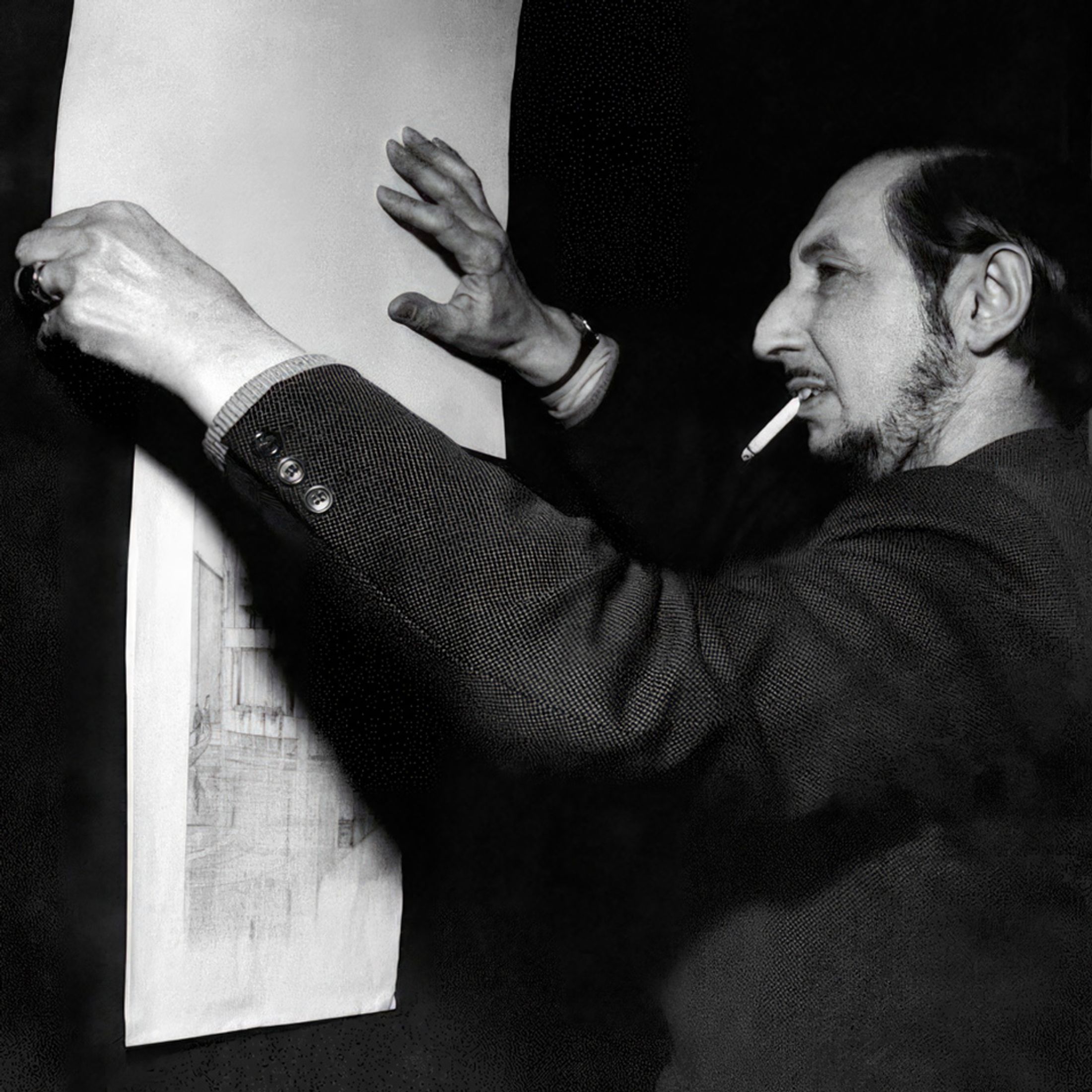Carlo Scarpa (2 June 1906 – 28 November 1978) was an Italian architect, influenced by the materials, landscape and the history of Venetian culture, and by Japan. Scarpa translated his interests in history, regionalism, invention, and the techniques of the artist and craftsman into ingenious glass and furniture design
From architecture to works in glass, from design projects to preparing museum exhibitions, the work of Carlo Scarpa has always stood out in the unmistakable way in which it manages to bring together his love for materials, his attention to detail and his masterly elaboration of organic and Wrightian poetics. Architect, designer and artist, Scarpa left the Venice Academy of Art in 1926 and began professional work, but continued to visit craftsmen’s’ workshops and Venetian master glassworkers. For twenty years, right up until the second half of the Forties, he received numerous commissions to design, convert prepare buildings.









